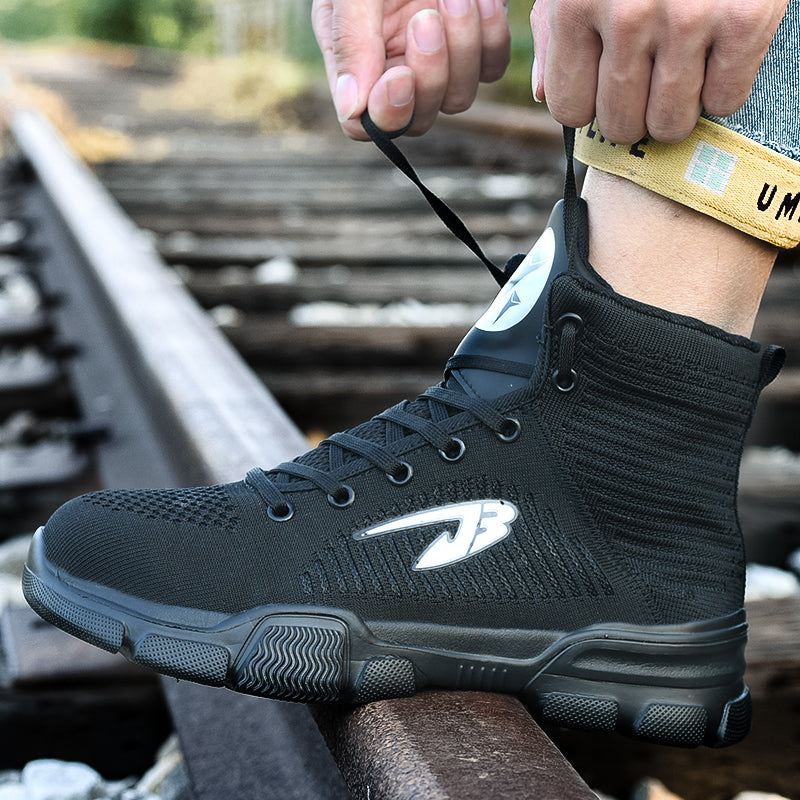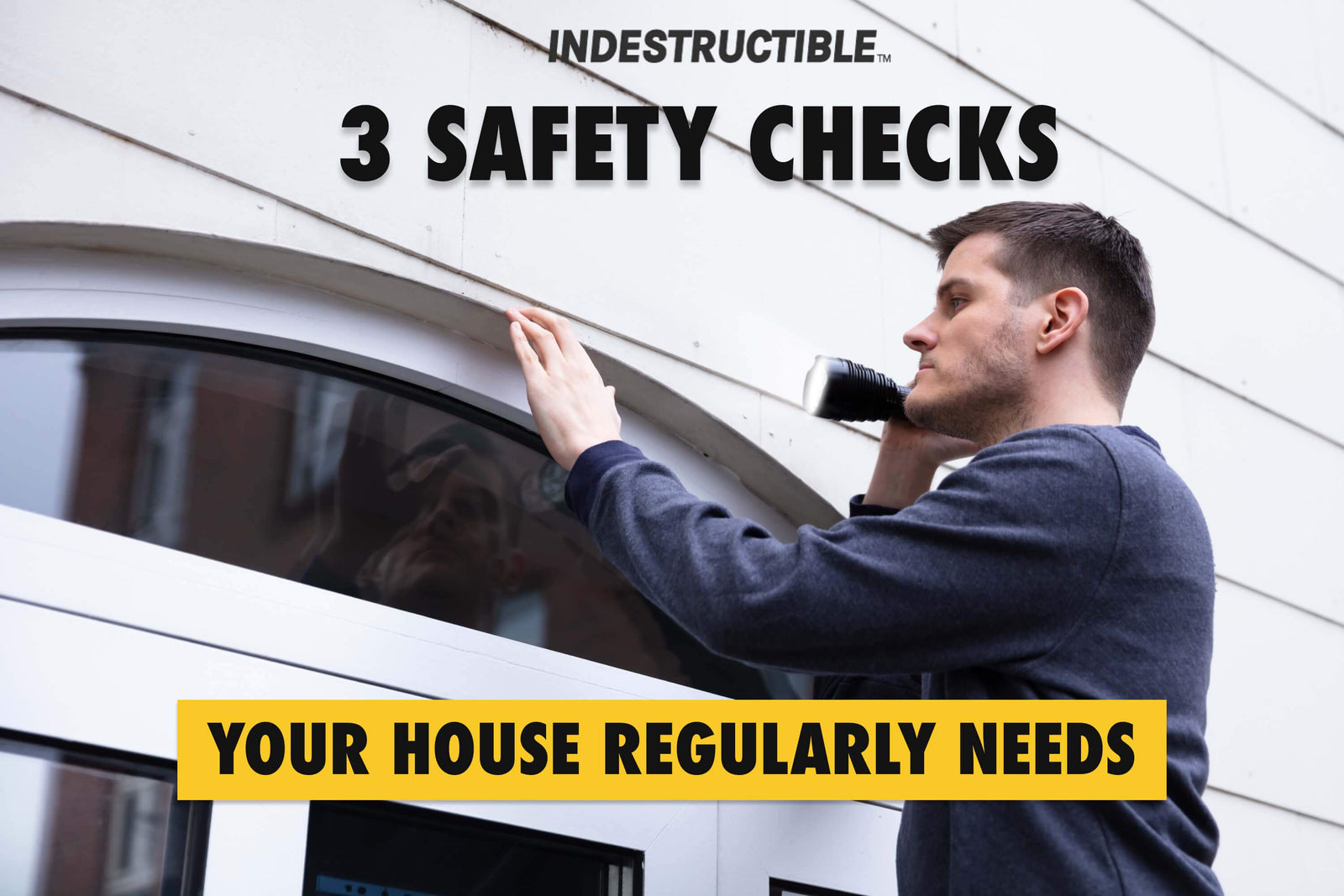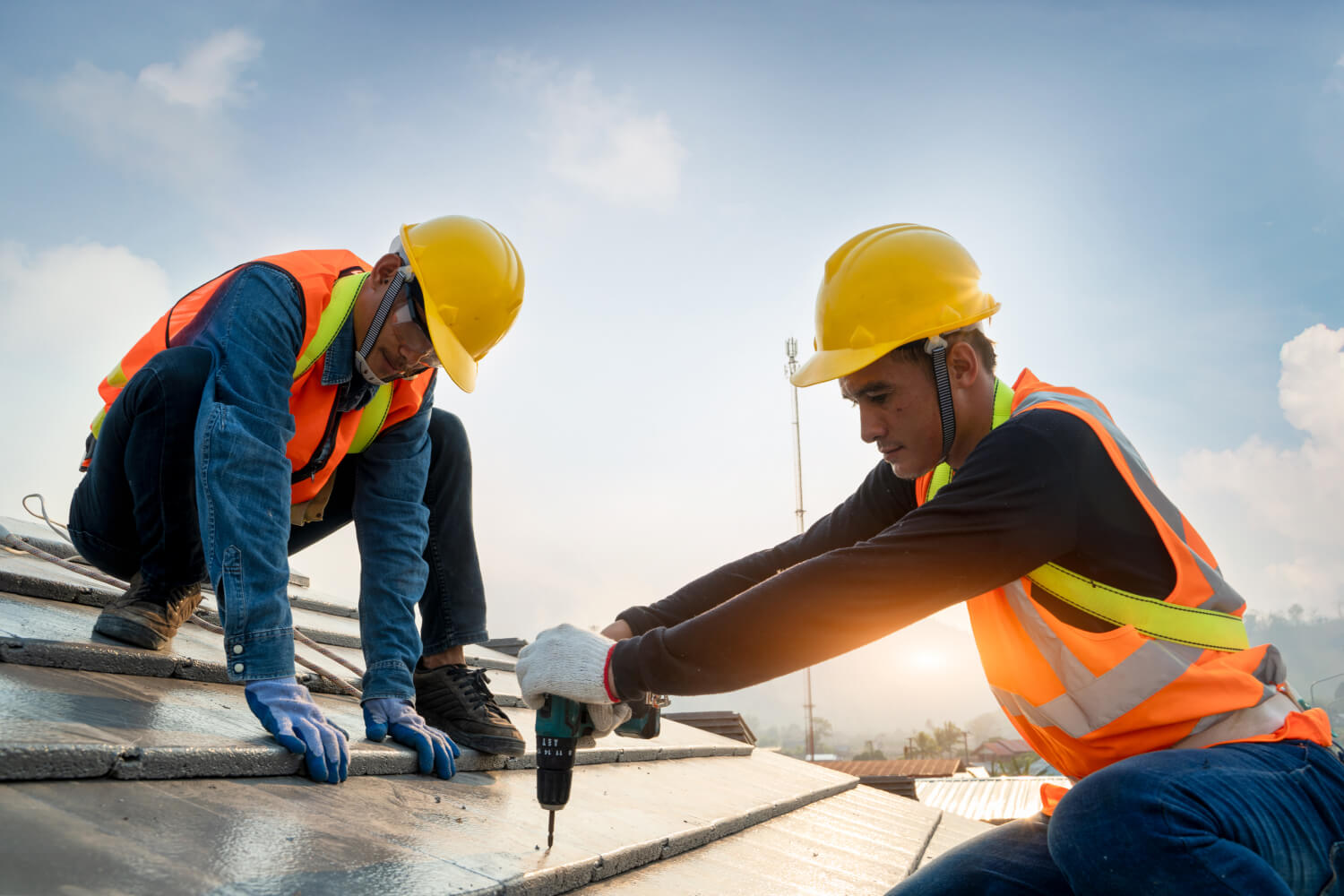Alert: Ignoring these three areas in your house could cost you thousands.
Start thinking long-term about your house. It's not something you'll use for just a month and then move along. You need to make sure that you get your investment back, whether it's your lifelong residence or someplace you'll sell again in the future.
Your home is your refuge where your family will live and grow. When you build or buy a house, don't just go for something attractive. Strive to have a home that is strong and functional for years to come.
There are three areas you cannot ignore when it comes to inspecting your home. If you think you want to buy a house, don't assume everything is done right and working okay. Never assume there are no issues.
Be diligent, and be thorough in your home buying routine. Once you believe you've found the house you'll love, complete these three safety checks regularly. You won't be sorry.

Safety Check #1: The Foundation
In the Army infantry, the feet are looked at as the "prime mover," the foundation of a good soldier, in other words. Proper foot structure and foot care are essential here.
It's the same for your house. The foundation determines the overall structural performance of your house for years to come. It will be a driving factor in helping you keep maintenance and repair costs down.
The foundation may be a full or partial basement, crawlspace, or concrete slab-on-grade. The type varies from one geographical location to the next.
The Full or Partial Basement
Having a basement brings numerous advantages to your home:
- Increased living space.
- Increased storage area.
- Increases home value.
- Refuge from bad storms.
The full or partial basement is also the type of foundation that needs more maintenance as the land shifts and for moisture control. These basements also are more prone to water problems.
The Crawlspace
A crawlspace can be very short so that you'll have to actually crawl into it for your foundation inspection, or it can be around 4 feet tall, allowing you some extra storage room or a place to keep the furnace.
Crawlspaces are less expensive and provide you access to the pipes and wires below the floor. They're more difficult to access when needed, and they're not heated.
Concrete Slab-On-Grade Foundation
These are created with a concrete pad that rests on the ground. This type of foundation is more common in climates where the ground doesn't freeze and unthaw.
While these foundations offer better protection against termite infestation, keep in mind that the water supply and drainage pipes are encased in the concrete. These foundations will involve more work and expense for any potential future maintenance needs.
All three foundation styles come with their own set of benefits and drawbacks. Understanding the geographical location of your house and the ground behavior is critical to making sure you have the best foundation.
Here are the basics of a self foundation inspection. A foundation problem can cause damage to floors, walls, and the rest of your house. If you are ever in doubt of any potential foundation problems, calling an inspector in may be worth your effort and investment.
Checking the Foundation
Walk around the outside of the house.
- Look for areas that bulge or lean, as these indicate an uneven load on the foundation.
- Look for potential water damage or cracks indicating standing water issues, broken pipes, and other issues.
- Cracks wider than 1/4 inch are a concern that needs to be checked out.
- Horizontal cracks are an indicator of stress on the foundation.
Walk around the inside of the house.
- Look for bulging or leaning walls that indicate a shifting foundation.
- Inspect the floors for buckling or bulging that indicates a shifting foundation.
- Place a ball on the floor to see if it rolls, which can indicate a larger soil shift.
Check Windows and Doors
A jammed shut window or one that cannot be opened may help alert you to a foundation that has moved before the walls show any signs.
If the home has a crawl space instead, check it.
- Look for any moisture or mold that can rot the wood supports.
- Make sure all supports have no warping or rotting.
Observe the foundation supports if you have access.
- Make sure they're level and not buckling.
- Make sure metal or steel piers don't show signs of rust.
- Check that tops of piers are connected flush to beams.

Safety Check #2: Signs of Water Damage
If you're buying a home, do a thorough inspection for any signs of water damage before you purchase. You can demand that minor issues be addressed before signing the contract, but you must look for major problems to avoid buying a house that will cost you a considerable expense in repairs later.
After you own your home, make sure you run through this checklist regularly. Catching any issues early will help you avoid major problems and costs later on.
Unattended water damage affects the house structure as well as promotes mold and mildew build-up that will adversely affect the health of anyone living within the home.
Follow these steps to inspect for water damage:
Look outside the home.
- Make sure the ground slopes away from the house so that it keeps water away from your foundation.
- Make sure the downspouts are directing water away from the foundation.
- Make sure the gutters are in good condition and securely attached to the home.
- Look for damaged shingles on the roof.
Look inside the home.
- Look for water rings on ceilings or walls.
- Check floors for warped areas or soft spots.
- Look in the cabinets under the sinks.
- Make a note of any visible signs of repairs.
- Use your nose to detect any mildew odors.
Check the attic.
- Check for water damage around chimneys or roof vents.
- Check for water signs where shingles could be damaged or missing altogether.
- Examine the insulation to make sure it's dry, and no mold is present.
If you find a home you absolutely love, but question anything, hire an experienced home inspector before agreeing to sign the contract. An inspector with many years in the field will help you find the most hidden causes of issues.
Again, make sure you routinely check for any water issues throughout the life of your home.
It's an investment worth taking when thinking long-term. A home you adore will quickly turn into one of your biggest regrets if you end up with costly renovations later.

Safety Check #3: The Electrical System
The electrical system for a house has many parts and components to be aware of. Taking some time to inspect the electrical system before you buy a house is crucial. It's also something you should do once per year after buying or building your home.
Besides doing your own inspection, it's recommended that you schedule an electrical safety inspection with a professional once a year. Hundreds of deaths, thousands of injuries, and billions of dollars worth of damage are caused by a lack of electrical safety knowledge.
Follow this list for a self electrical home inspection.
Outlets and light switches:
- Are they working properly?
- Are they warm to the touch?
- Are any discolored?
- Are any making buzzing or crackling sounds?
- Do plugs fit snugly into outlets?
- Are there enough switches and outlets?
- Are there any unusual smells around them?
- Check for two-pronged outlets that indicate old wiring.
Electrical Panel:
- Check the label to see when it was last serviced.
- Are the circuit breakers labeled correctly?
- Are the circuit breakers labeled with the proper amperage rating?
Ask questions before buying a new home:
- Have the GFCIs and AFCIs been tested in the last 30 days?
- Do all the outlets in the kitchen and bathroom have GFCIs?
- Is there an electrical inspection report showing that the home's electrical system is up to code?
As part of your electrical system check, you should also look at the smoke and CO alarms. All houses should have these installed, and they should be working properly. Every floor of the house should have a CO detector. Every bedroom should have a smoke detector.

A Satisfying Home Experience
You can have a happy home life by paying attention to every detail and preparing for eventualities that come with homeownership. Follow these inspection instructions to help you make sure you're covered against costly future surprises.
If you're ever in doubt, seek the advice of a professional. Spending a few hundred bucks before taking ownership of a new home will not only give you peace of mind but potentially save you from incurring thousands of home repair costs later on.
As a responsible homeowner, go through these inspection steps once or twice a year. If any issues develop, being aware of them early will likely help you save money and possibly a life.
Many recommend having your home inspected by a professional for any issues once a year, especially if you have an older home. An experienced professional will be more tuned into the subtle indications of issues and help you catch any problems before they become too costly.
By taking the time to make these three inspections once per year, you help make your home a safe sanctuary for you and your family.







